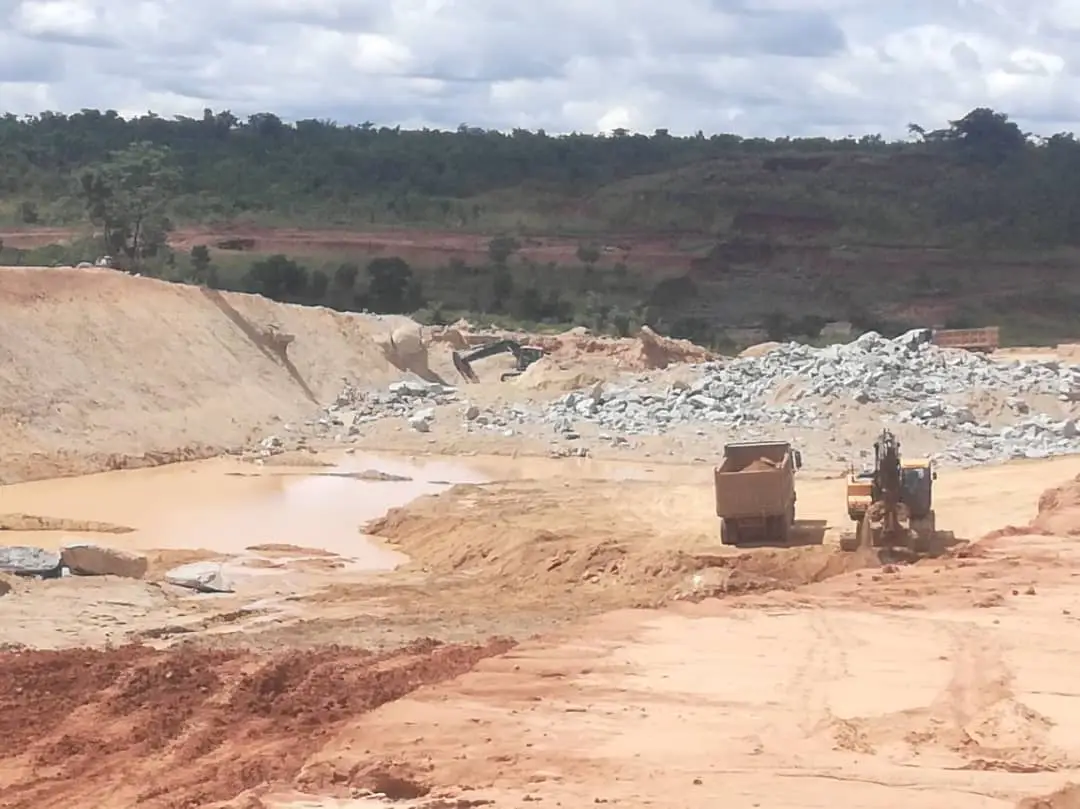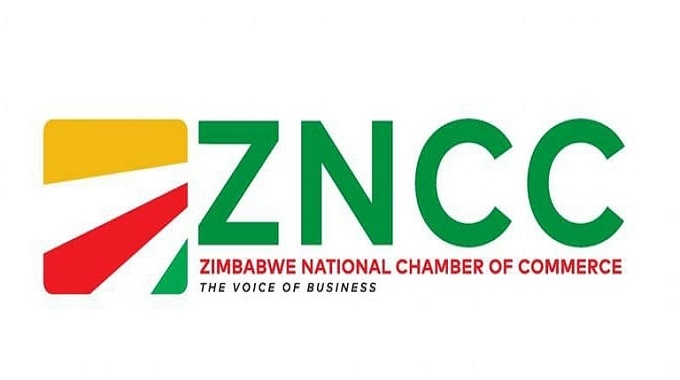Zesa dedicates 100MW to winter wheat
THE power utility, Zesa, has committed to availing 100 megawatts of electricity towards winter wheat production as a way of supporting food security and cushioning the country from global shocks.
Zimbabwe needs at least 400 000 tonnes of wheat a year to meet its flour demand, a tonnage the Government is keen to achieve working closely with the private sector.
The country is targeting more than 85 000 hectares of wheat this winter to ensure selfsufficiency. To achieve the set targets, farmers need a constant and uninterrupted power supply to pump water for irrigation.
To that end, Zimbabwe Electricity Transmission and Distribution Company (ZETDC) acting managing director, Engineer Howard Choga told delegates during a panel discussion at ZITF International Business Conference yesterday that a 100-megawatt generation supply has been set aside.
Zimbabwe Electricity Transmission and Distribution Company (ZETDC) acting managing director, Engineer Howard Choga
“At Zesa we want to confirm the effectiveness of Government programmes by way of supporting the sectors with electricity.
“For the year 2020-2021, the irrigated hectarage increased by 53 percent, which meant that we had to support that growth through power supply,” said Eng Choga..
He said going forward Zesa has made a commitment to avail 100 megawatts this year for winter wheat.
“This speaks to the way we see growth in the agriculture sector,” said Eng Choga.
Lands, Agriculture, Fisheries, Water and Rural Development permanent secretary, Dr John Basera, who also attended the conference said over the past three winter seasons, private sector participation has been increasing.
Lands, Agriculture, Fisheries, Water and Rural Development permanent secretary, Dr John Basera
He said in 2020 the private sector planted 8 000ha and doubled the figure to 16 000ha in 2021.
Dr Basera said it was imperative to get the participation of the private sector on board to transform the agricultural sector.
“The private sector is doing well by participating in primary production.
This year, private players are planning to plant two million hectares out of about 3,6 million, that’s incredible,” he said.
Dr Basera said the private sector appetite to invest in primary production has been growing since 2020.
“We have a policy position, which says all private players of agriculture commodities should be able to produce at least 40 percent of their requirements locally by supporting the local farmer and expanding the value chain.”
Dr Bhasera added that in joint ventures there were about 2 000 participants made up of investors and landholders that have partnered to engage in meaningful production.
“That framework is working and we now have about 150 000 to 200 000 hectares under joint ventures that have been approved by the ministry,” he said.
On sourcing energy in the region, Eng Choga said as a member of the Southern African Power Pool under Sadc, the country was utilising its membership to mop up available power to support economic growth.
“We are in the region looking for power and we are getting priority.
We have secured 100 megawatts from Zambia and South Africa and 200 megawatts from Mozambique,” he said.
“We are getting the power ahead of our competitors in the region, which basically speaks to the friendliness that is there between Zimbabwe and neighbouring countries.”
Agriculture contributes 15 percent to the Gross Domestic Product but the target is to increase it to more than 20 percent by 2025.-The Chronicle










